This week, we’re looking at the world of virtual YouTubers, or VTubers.
Let’s go 👇
Table of Contents
What the heck is a VTuber?
VTubers are virtual YouTubers who stream and produce content using 3D avatars. They typically use facial tracking software to create animations that mimic their real-life expressions, movements and voices.
Think of them like virtual influencers sitting at the intersection of streaming, AI, and avatars.
This is a brand new form of content, with creators all over the globe using newly created animated characters to interact with massive, dedicated fanbases.
Origins in anime
The term ‘YouTuber’ was added to the Oxford English Dictionary in 2016. While the definition was a bit controversial, a YouTuber is widely understood as anyone who produces and appears in videos on YouTube.
But while most influencers are the face of their channel, some newer creators opt for anonymity.
And that’s where VTubers come in.

This stuff is a bit weird, but it’s important to understand. More and more influencers are opting to use avatars instead of their faces. And combined with recent developments in AI, this form of entertainment may fundamentally change who we interact with online.
Despite the word “tube” in the name, VTubers aren’t limited to YouTube; they can stream on any platform, including Twitch, Facebook, or the Japanese site Niconico.
Niconico is credited with being the first platform to host and popularize VTubers. Since then, VTubing has grown across Japan, China, South Korea and Southeast Asia.
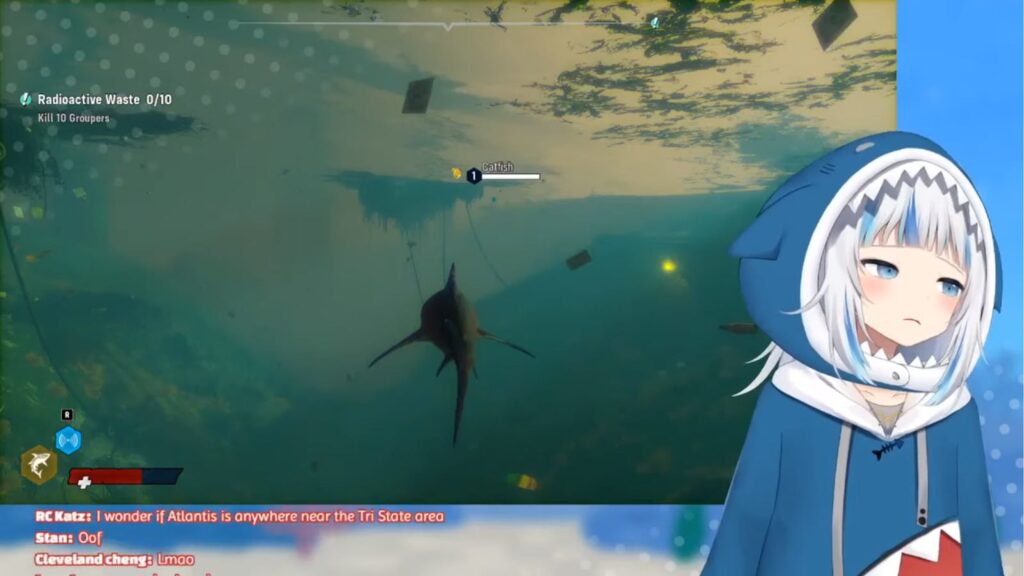
Why use an avatar?
I think there are several reasons for this trend:
- Cure for shyness. Avatars allows people who are too shy to be on camera an opportunity to perform.
- Flexibility. Thanks to graphics and motion design, avatars are more flexible in what they can do.
- Instant attractiveness. This is a big one. Anime avatars are nice to look at. Airbrushed faces, Disney-like exaggerated eyes. They’re aesthetically appealing.
- Lore. One important concept in VTubing is known as lore . Think of lore as a world-building technique, where a mythology is created for each avatar. This adds entertainment value and a near-endless supply of storytelling for fans, keeping them hooked.
- Unlimited personas. Most avatars are pretty normal, but people can stream as whatever they want. Members of the opposite sex are common. Buffpuff is a toned, shaggy werewolf with abs. Then there’s Radish man . It gets weird.

Kizuna: The first VTuber superstar
While Ami Yamato (mentioned above) is credited as the first person to use a virtual representation of themselves to create YouTube content, VTubing’s big breakthrough didn’t occur until 2016. That’s when Kizuna broke onto the scene, and gained 2 million followers in just 10 months.

But here’s the thing: Kizuna isn’t a real person.
This character was concocted by a Japanese digital production company, Kizuna AI Inc., a portfolio company of a somewhat secretive Japanese digital entertainment company called Activ8 .
Kizuna sings, she dances, she’s got a website and catchy songs and VR video games. She appears in music videos and TV commercials. Like any influencer, she has a personality, a slogan (“I want to connect with everyone!”) and a backstory.
Oh, and she puts on entire concerts.

Until recently, Kizuna was the most subscribed VTuber on Youtube by far, with more than 4 million subscribers across three channels. The reason she’s retained popularity is most likely due to her (its?) intimate connection with fans. She does AMAs, provides advice, jokes, and works to spread positive messages of self-care and mental health. Entire papers have been written on this.
Kizuna may be generated by AI, but her voice is very real. The voice actor was unknown until April 2020, when it was announced that Nozomi Kasuga is the real person behind Kizuna’s voice.
Sadly, in 2022, Nozomi, err, Kuzina announced she was going on an “indefinite hiatus.” But not before spawning a surge in new VTubers and the agencies who manufacture them.

How do people create VTuber avatars?
Creating a high-quality VTuber avatar is difficult; you need expert graphic and motion designers.
How much does it cost? We asked Andrew Steinwold, founder of metaverse investment firm Sfermion to chime in.
According to Steinwold:
Right now, prices to create avatars range from $5k – $25k or even more if you want to make something custom. But companies are creating technologies that make the avatar creation process easier and cheaper.
To help understand why avatar creation is so expensive, look at the detail in the eyes. So much goes into designing mirrored eye movements, reflections, and pupil dilation. It’s a craft.
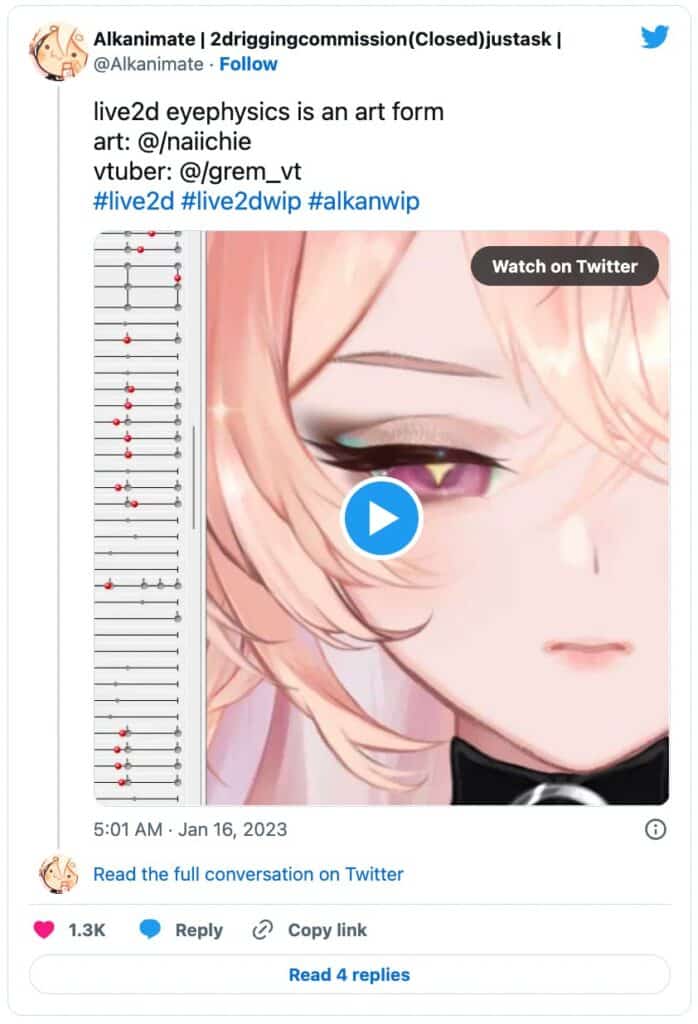
There are, however, less expensive ways to design an avatar. Generic designs can be bought on Booth.pm for as little as $50. But all the designs are generic, so other creators can have the exact same body and face as your avatar. That’s no good.
You can modify the model using programs like Blender, which is open-source 3D modeling software. But 3D modeling isn’t something you can just do in Canva. Unless you have the skills, your best bet is to outsource the design. Be bold and pony up for quality. In this world, your avatar is everything.
And pay close attention to IP rights. If you make your avatar from scratch, you own the full rights to that IP, sure. And anything done on Upwork is probably safe too. But be careful if you go through an agency. You don’t to avoid signing a contract that says the agency actually owns the avatar’s IP.
How big is the VTuber industry?
Here are some stats to put things into perspective:
- In 2021, there were 16,000 VTubers.
- Reports estimate the value of the VTube market at $2.8 billion. By 2028, the value is expected to 6x to $17.4 billion. (but always take market growth projections with a grain of salt)
- VidCon, a conference for online influencers established in 2010, started as a meager event that drew ~1,000 people. By 2019, the 3-day conference had attracted more than 75k attendees.
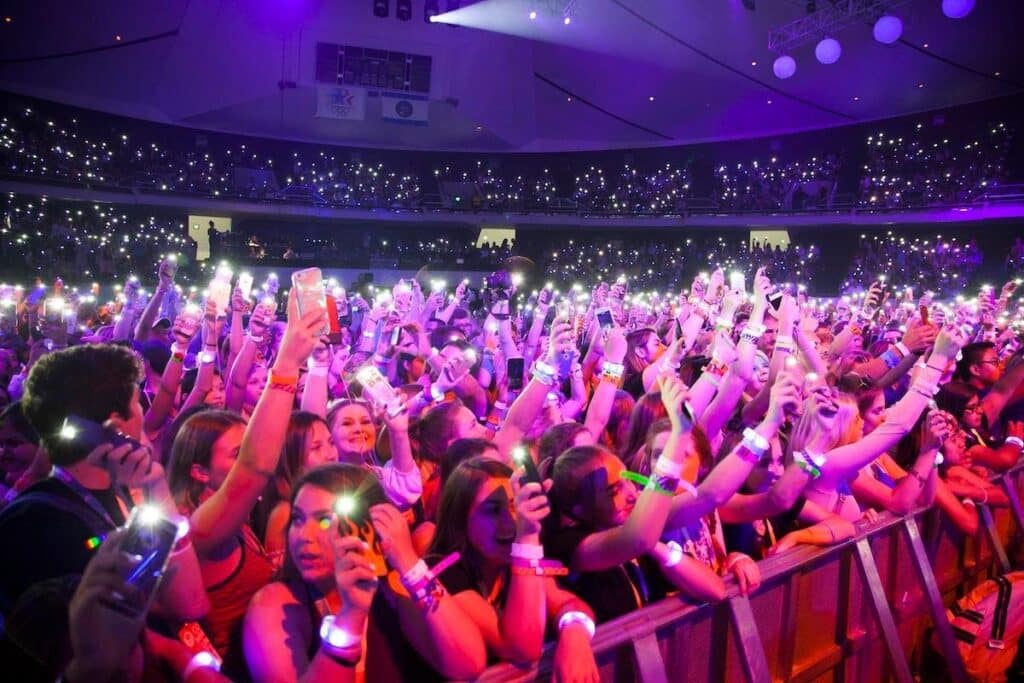
VTubing around the world
The VTuber epicenter of the world is Asia, hands down.
Demand across Asia is sky-high, especially in Japan. This is where it all started, and where the most forward-thinking companies are based. What happens in Japan heavily influences the rest of the market.
In Japan, avatars are routinely used as brand ambassadors for sectors as normie as solar energy and skincare.
In fact, Japanese convenience store chain Lawson recently announced they plan to open stores almost entirely staffed with human-controlled, digital avatars. 🤯

The US isn’t quite there…at least not yet. North America is considered an emerging market for VTubers, with projections indicating a very healthy 600% growth over the next five years.
I’ve noticed a rapid increase in VTubers on YouTube and Twitch starting around the end of 2019, early 2020. I recall watching a stream of a game, and one of the streamers was a VTuber. I dove into VTubers then, as I had no idea what they were. This is from a US-centric standpoint. VTubers have been common in Asia for years.” –Andrew Steinwold
VTuber talent agencies
While Kizuna was an artificial construct backed by a big company, most Vtubers are real people with limited budgets. So as their popularity increased in the late 2010s, the need for talent management agencies became obvious.
Think of VTuber talent agencies like accelerators. They help in a slew of different ways:
- Production values. They improve video quality and production, using economies of scale to keep costs down
- Distribution. Agencies’ distribution network can massively increase subscribers and revenue
- Deals. They work with brands, marketers, and sponsors to secure deals & merchandise fan goods
The most successful VTuber talent agency is AnyColor. Founded in 2017 by then 26-year-old Riku Tazumi, AnyColor has successfully capitalized on the growing popularity of virtual YouTubers. They went public last June on the Tokyo Stock Exchange.
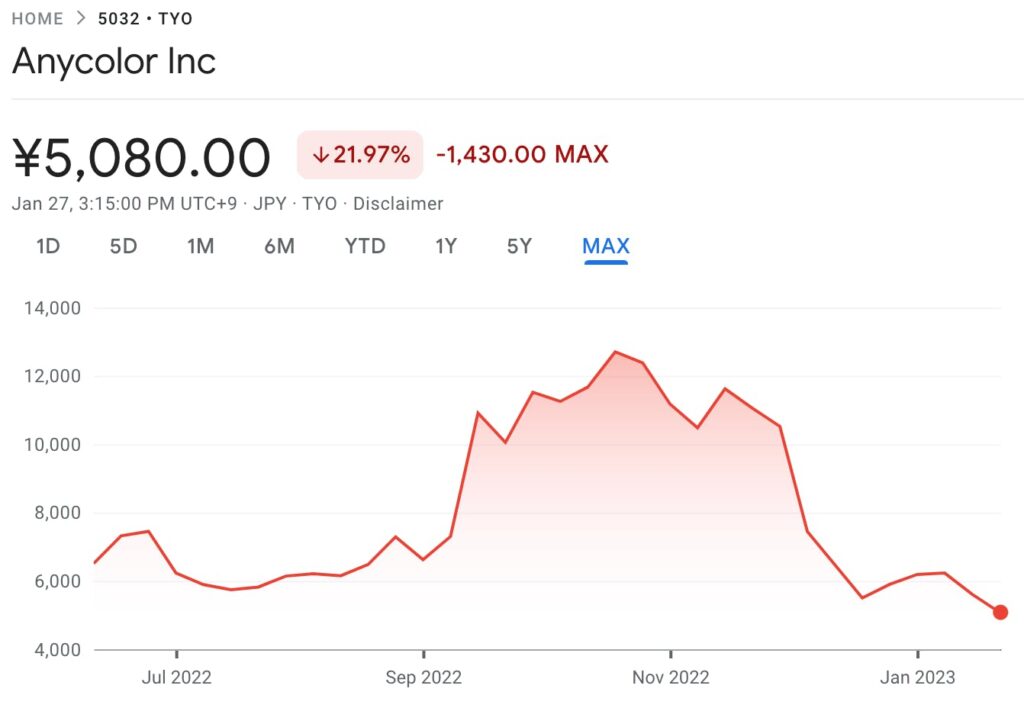
Today, AnyColor boasts 200+ creators and a combined 50 million subscribers. They’ve grown so fast that founder Tazumi is already Japan’s youngest billionaire.
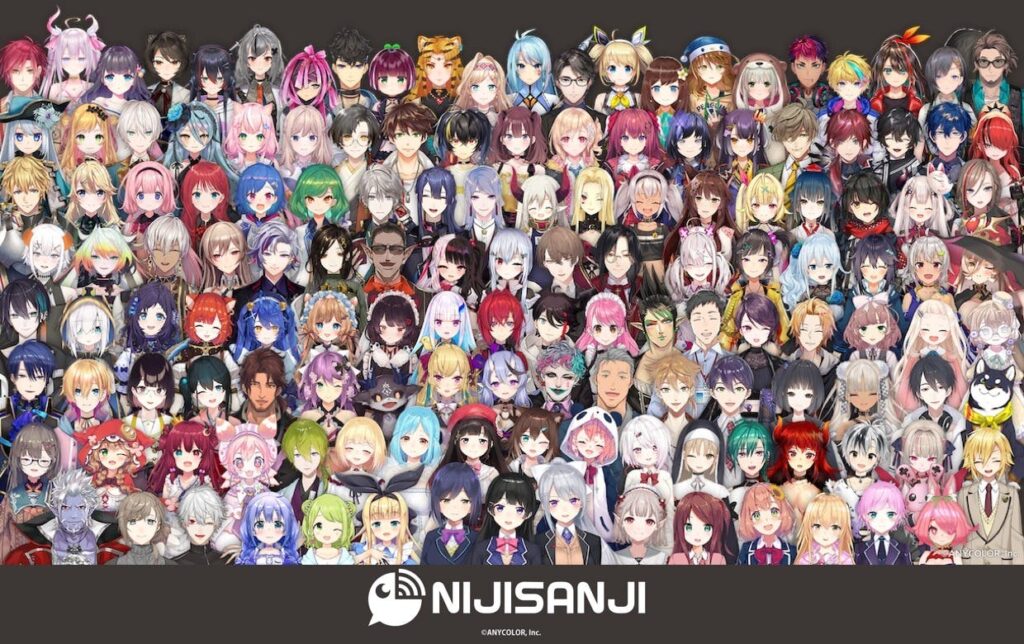
VTubers and AI
This is where VTubing really takes a turn for the crazy.
The conventional wisdom is that as avatars become more prevalent, we’ll gradually start finding the need for human entertainers decreases.
Imagine an avatar version of yourself that doesn’t need to eat or sleep. It has all your most desirable traits, and none of your less desirable ones. It never gets hungry, it never gets sick. It never has a bad hair day, or needs to take a nap.
Oh, and it works for free.
This vision of the world is hardly new. Depending on your feelings about technology, this either feels like a utopia or a Black Mirror-esque dystopia.
Despite being in its infancy, ChatGPT can already write nearly anything you want with just a few prompts. The same principle applies to avatars, which can already modify your voice and instantly reply to questions on its own.
Or take film technology. It’s now at the point where facial and tonal mimicry can be used for international adaptations. Check out how this English dialogue is adapted for Spanish and Japanese.

Steinwold sees the emergence of AI avatars as an imminent threat to human creators. He thinks it won’t be everyday people using avatars to make a living, but corporations with heavy IP rights, who perfect the AI model to maximize revenue.
According to Steinwold:
Within the next 20 years, I think there will be very few, if any, human streamers. It is impossible to compete with an AI that does not need to eat, sleep, take breaks, earn a salary and can constantly ingest sentiment data from the viewers to react and be perfectly funny, perfectly intelligent, perfectly sympathetic, perfectly happy, etc. The [owners] will not be people, but companies. Think record labels that own incredible IP but all of their “stars” are owned and controlled by the company. The AI-operated creators will be able to distinguish themselves from each other as they will all have their personalities that fit their target audience.
-Andrew Steinwold
So, I’m gonna have to disagree with our friend Andrew on this one.
Predictions like this are big, bold and fluffy. They’re designed to create anxiety and get people to think critically about the future — which is probably good.
But ultimately I think this lacks both wisdom and nuance. It’s just not how the world operates.
To be clear, I’m not saying this tech doesn’t pose a risk to certain industries — it clearly does. But while I don’t disagree that big changes are coming, the fact is that big changes are always coming. It feels a bit premature to say that corporations are going to be these invincible IP-wielding machines.
Furthermore (and admittedly, this is very anecdotal) but I’m already sensing an early pendulum swing away from “over-generated” AI artwork that leaves you feeling impressed, yet bored. Wowed, yet empty.
Yes, Kuzina AI showed the world what’s possible with when you create the perfect AI avatar. And there will be others that are even bigger. But that doesn’t mean humans are automatically screwed. Heck, Kuzina is already “retired!” 😉
Humans and AI will coexist. We’ll be fine.
Who’s investing in VTube startups?
If you want to invest in VTube startups, head over to Japan. That’s where the action is; that’s where you wanna be.
But private companies and capital have jumped on opportunities around the world:
Vshojo
Vshojo is a VTuber company in the United States. They raised an $11 million seed round in March 2022.
Growth plans include expanding its creator base, raising the visibility of its creators, and increasing merchandising.
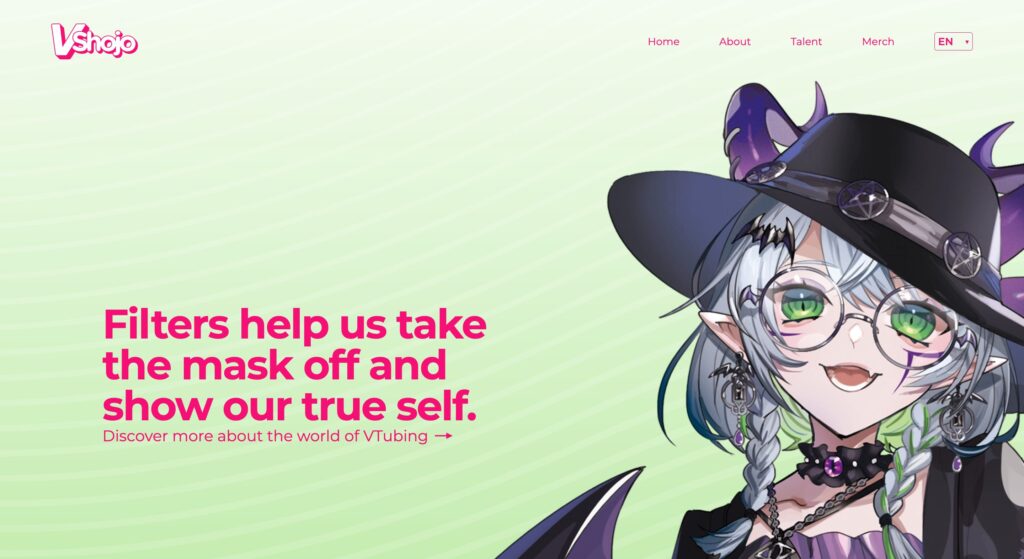
Bilibili
Bilibili is a Chinese-based holding company for online VTubing entertainment.
A leader in the VTubing space, the company is listed on the NASDAQ under the symbol BILI.
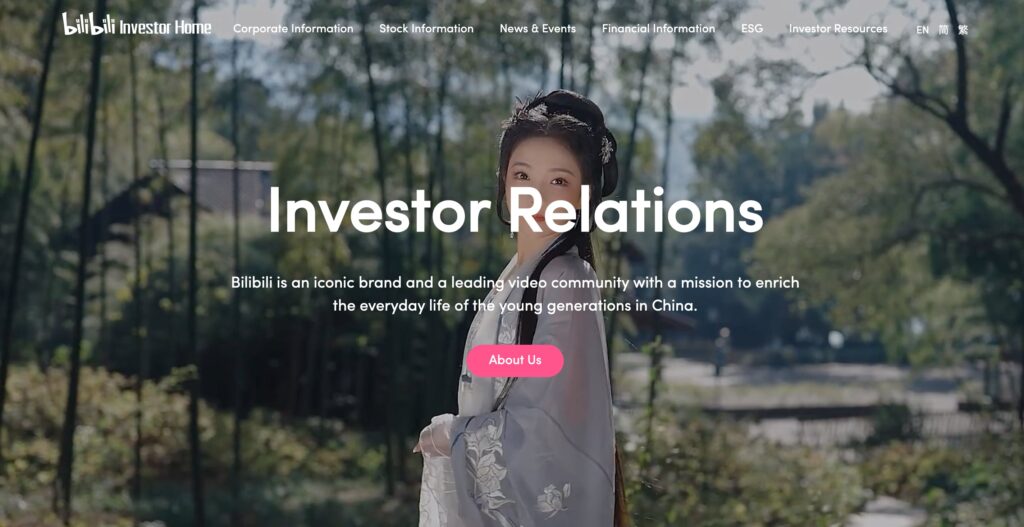
KLab Inc.
KLab is a Japanese company focused on mobile games. They were an early investor in AnyColor back when it was known as ‘Ichikara.’
It’s traded on the Japanese stock exchange, though it’s down more than 75% over the past five years.
The Future of VTubing
Could we be reaching a stage where people prefer talking to a machine over a human? Could avatars become so perfect you could fall in love with one?
If this sounds familiar, it’s because the situation above was the premise of Her. In the Oscar-nominated flick, Joaquin Phoenix falls in love with his virtual assistant — essentially a “perfect” chatbot.
Mocked at first, it’s clear the movie isn’t that far-fetched. VTubers basically serve digital love interests to many of their fans.
“For entertainment, people will have no issue interacting with an AI because the entity will seem like a person, even if they clearly look like an avatar.”
-Andrew Steinwold
These discussions take us back to the much-maligned metaverse. (You know, that thing everyone talks about but nobody you know actually spends time in?)
The metaverse could offer on-demand companionship for an increasingly lonely generation of youth. And it’ll provide another way for corporations to peddle NFTs and digital merch.
But whatever the future of human-robot interaction looks like, it does feel like we’re hitting an inflection point where anyone can spin up a virtual version of themselves without spending much time or money.
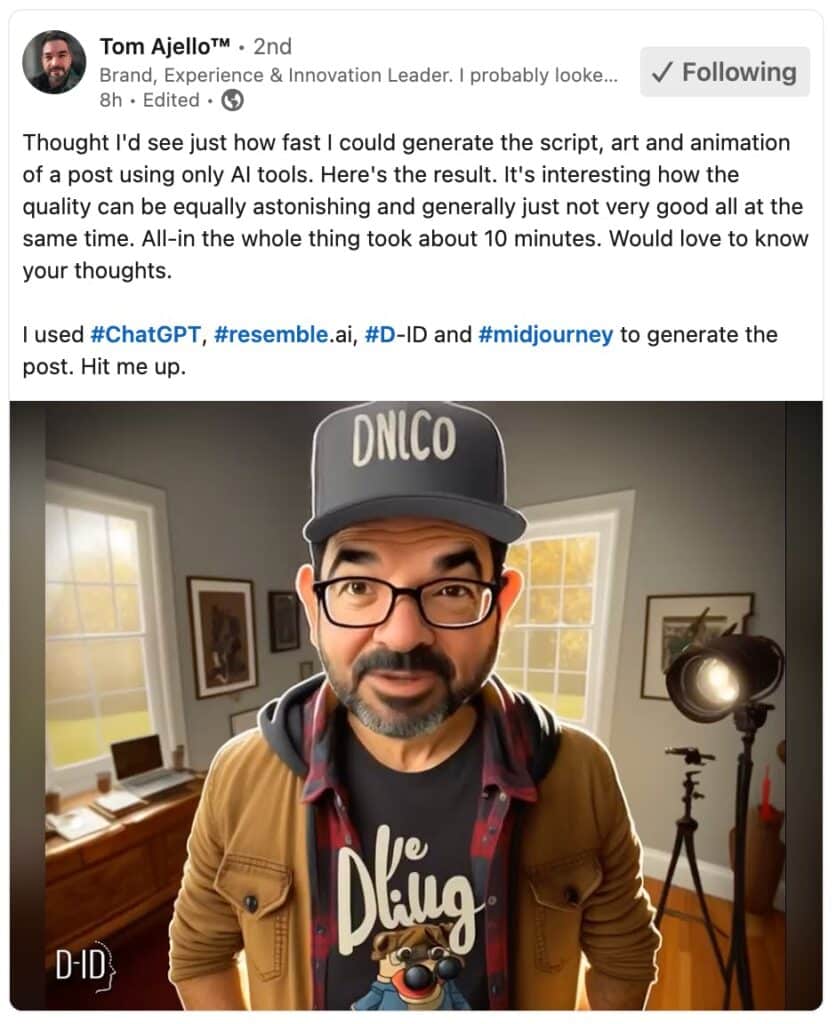
As Derek Thompson puts it, we’re at the “tadpole” stage of AI. Nobody really knows where it’s all going, but it’s clearly the very beginning of something completely new.
It’s fascinating, exciting and slightly terrifying. But that’s exactly what makes it so fun to explore.












